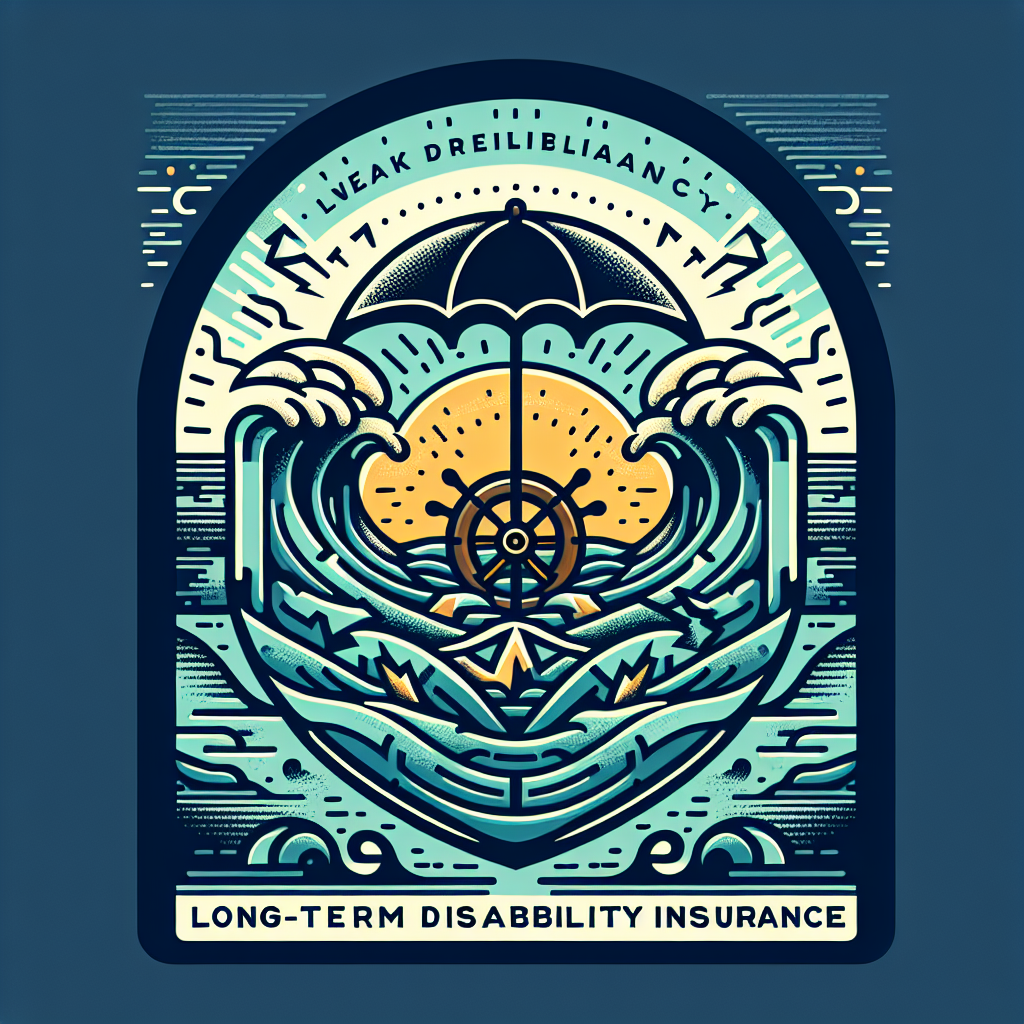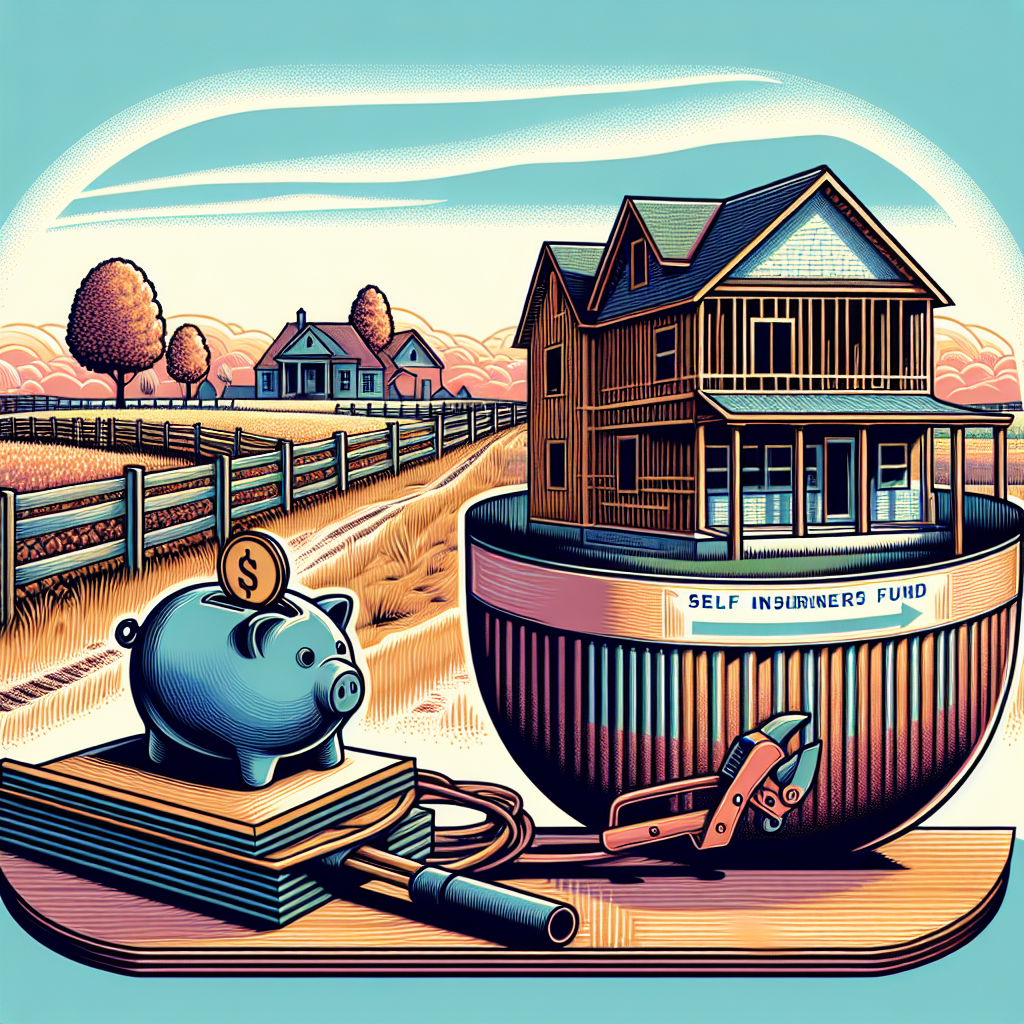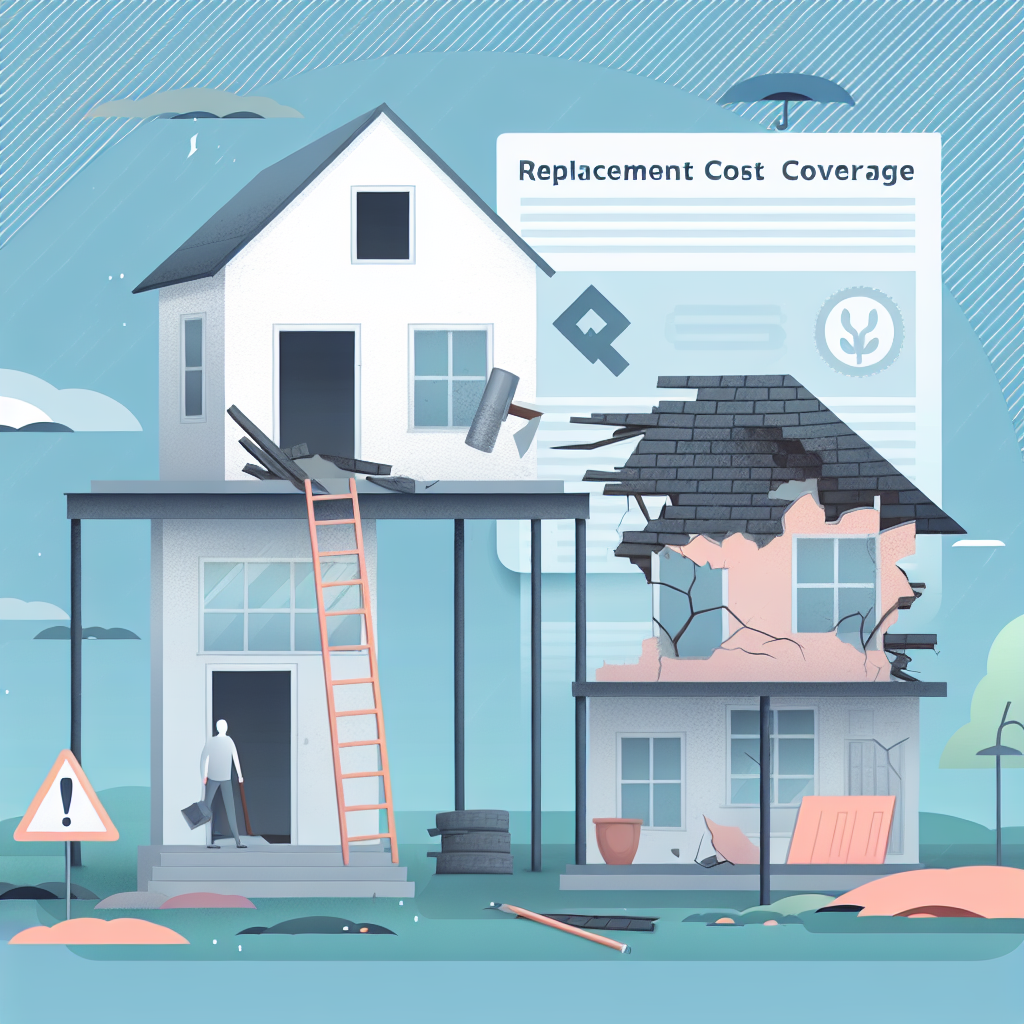Filed under Home Insurance on
Comprehensive Guide to Group Home Insurance

If you're looking to protect a community living environment, understanding group home insurance is essential. Whether you run a group home or reside in one, safeguarding against risks with the right coverage can be crucial. This comprehensive guide will provide you with all the insights needed to navigate the intricacies of group home insurance, ensuring both organizational compliance and residents' safety.
Understanding Group Home Insurance
Group home insurance is a specialized form of coverage designed to cater to the unique risks associated with communal living arrangements. These environments, which may include assisted living facilities, shelters, or homes for individuals with disabilities, require tailored insurance solutions that protect against a spectrum of potential liabilities.
Who Needs Group Home Insurance?
Group home insurance is essential for a range of entities, including:
- Non-profit organizations managing residential facilities
- Businesses operating assisted living homes
- Community groups running temporary shelters
- Care facilities for the elderly or those with disabilities
Each of these settings faces specific risks that standard homeowner’s insurance might not cover, necessitating a more comprehensive insurance solution.
Key Components of Group Home Insurance
Group home insurance typically encompasses several critical components, each addressing different aspects of potential liabilities and risks. These include:
Property Coverage
This aspect of group home insurance covers the physical structure of the home and its contents. It protects against damages from events such as fire, vandalism, or natural disasters. Given the unique setup of group homes, where common areas and personal spaces coexist, tailored property coverage ensures that all aspects are adequately protected.
Liability Insurance
Liability coverage is vital in group home insurance, as it protects the organization from claims related to personal injuries or property damage for which the facility might be held responsible. For instance, if a resident is injured due to a facility oversight, liability insurance can cover the costs associated with medical expenses and potential legal action.
Professional Liability Insurance
Professional liability, often referred to as errors and omissions insurance, is particularly important for group homes that offer specialized care services. This coverage shields against claims of negligence or failure to provide the agreed-upon professional services, which can be crucial for facilities catering to individuals with specific health needs.
Workers' Compensation
Group homes typically employ a range of staff, from caregivers to administrative personnel. Workers' compensation within group home insurance covers medical expenses and lost wages for employees who may suffer work-related injuries or illnesses, ensuring that the facility complies with labor laws while protecting its staff.
Current Industry Trends
The landscape of group home insurance is continuously evolving, influenced by regulatory changes, societal shifts, and emerging technologies. Staying abreast of these trends can help ensure optimal coverage and risk management.
Increased Regulatory Compliance
Recent trends highlight a growing focus on regulatory compliance, with many jurisdictions implementing stricter guidelines for group homes. This includes enhanced safety standards and stricter oversight on staffing and operational procedures, necessitating adaptations in group home insurance policies.
Impact of Technology
Technology is playing a critical role in modernizing group homes, with innovations such as smart home devices and electronic health records becoming commonplace. Group home insurance policies are increasingly incorporating coverage for cyber risks associated with these advancements, protecting facilities from potential data breaches or device malfunctions.
Tailored Insurance Solutions
There is a rising demand for bespoke group home insurance solutions that address the specific needs and risks of individual facilities. Insurers are responding by offering more customized policies, allowing group homes to select coverage options that align perfectly with their operational models and resident profiles.
Steps to Acquiring Group Home Insurance
Securing group home insurance involves a series of strategic steps designed to match your facility's needs with the right coverage. Here's how you can navigate the process:
Conduct a Risk Assessment
- Evaluate your facility: Identify potential risks by reviewing the physical environment, existing safety measures, and your resident demographic.
- Consult with experts: Work with insurance advisors or risk management professionals who specialize in group homes to ensure no aspect is overlooked.
Research Insurance Providers
The next step is to explore various insurance providers. Look for insurers with a strong track record in the group home sector and compare their offerings to ensure you're getting comprehensive, cost-effective coverage. Don't hesitate to request quotes and policy details to facilitate informed decision-making.
Customize Your Policy
Once you've chosen a provider, work closely with them to tailor the group home insurance policy to your specific needs. This could involve selecting higher coverage limits, adding specialized riders, or negotiating terms that benefit both the facility and residents.
Review and Renew Regularly
Regular review of your group home insurance policy is essential. As the environment and regulations change, so too might the coverage needs of your facility. Set up annual evaluations to ensure ongoing alignment with operational practices, making adjustments as necessary.
Expert Opinions on Group Home Insurance
Incorporating expert insights can provide deeper understanding and reassurance. Industry leaders emphasize the importance of having a robust group home insurance plan in place. According to John Doe, an insurance specialist, "The risks in a group home setting are unique and complex, necessitating careful evaluation and comprehensive coverage to ensure seamless operation and safety."
Conclusion
Understanding and securing group home insurance is key to protecting both the facility and its residents. As group homes continue to evolve, staying informed about industry trends and regulatory changes is crucial. By taking proactive measures and continuously reviewing your coverage, you can ensure your group home remains a safe and welcoming environment. Embrace the combined knowledge of experts, industry practices, and innovative insurance solutions to maintain the highest standards of care and security for your facility.





